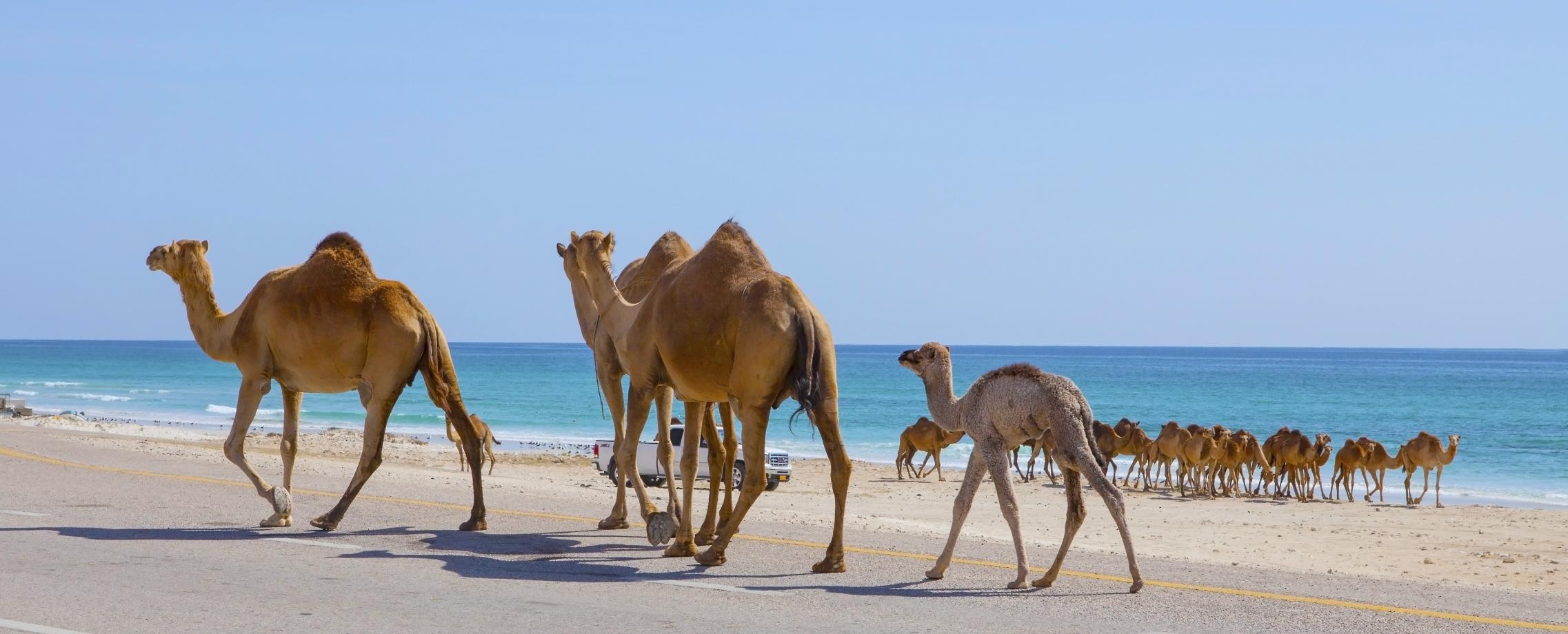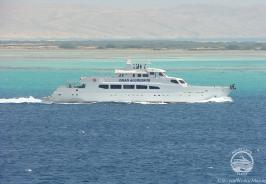
Oman
Bordered by the Kingdom of Saudi Arabia to the west, Yemen to the southwest, and the United Arab Emirates to the northwest, the Sultanate of Oman is a historic seafaring nation of traders and fishermen. Just recently opened to tourism in the 1980s, the country promises a glimpse at the beautifully preserved Omani culture as well as access to pristine natural wonders. Oman is known for its high mountains, silky sand dunes, preserved fortresses, and breathtaking fjords. Amid the ever-changing states of the Arabian Gulf, Oman offers a refreshing reminder of a seemingly bygone age. Overdevelopment has yet to blight its most spectacular landscapes and cultural traditions remain remarkably undiluted, making the sultanate one of the best places in the Gulf to experience traditional Arabia. Quiet stretches of coast are shaded with swaying palm trees and dotted with fishing boats. Mudbrick villages are nestled amid sprawling date plantations or cling to the sides of remote valleys. Craggy chains of towering mountains are scored with precipitous canyons and rocky wadis, while the wind-blown dunes and gravel plains of the great inland deserts stretch away into the distance.
Of course, it’s not all savagely beautiful, sparsely populated landscapes. Oman has embraced the modern world, and in parts of the country the contemporary is evident, particularly in the bustle of the capital, Muscat, and in the burgeoning cities of Salalah and Sohar. Despite the trappings of modernity, however, much of the rest of the country retains a powerful sense of place and past. Busy souks clamor with shoppers bargaining over frankincense, jewelery and exotic food. Venerable forts and crumbling watchtowers still stand sentinel over towns they once protected, goats wander past huddles of ochre-colored houses, and the white-robed Omanis themselves saunter quietly amid the palms.

